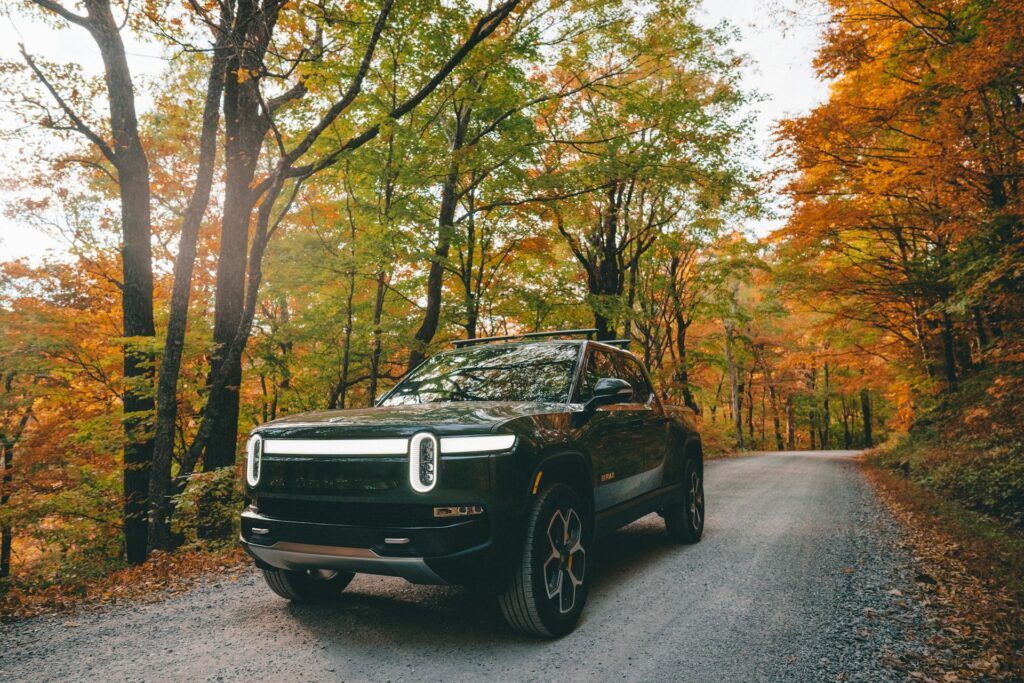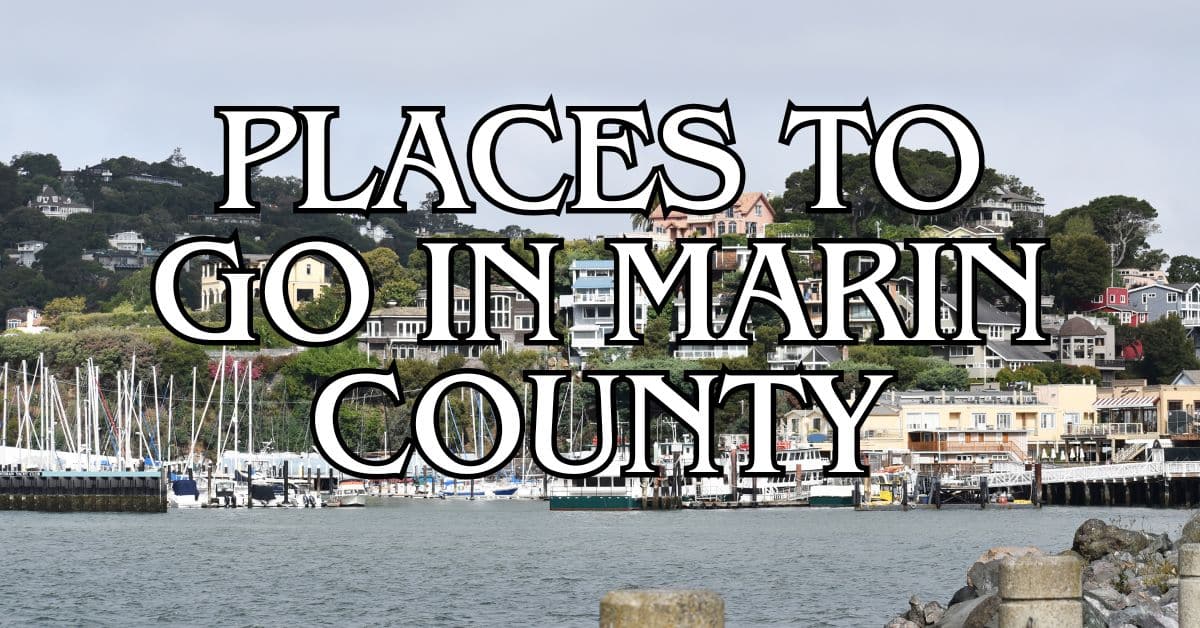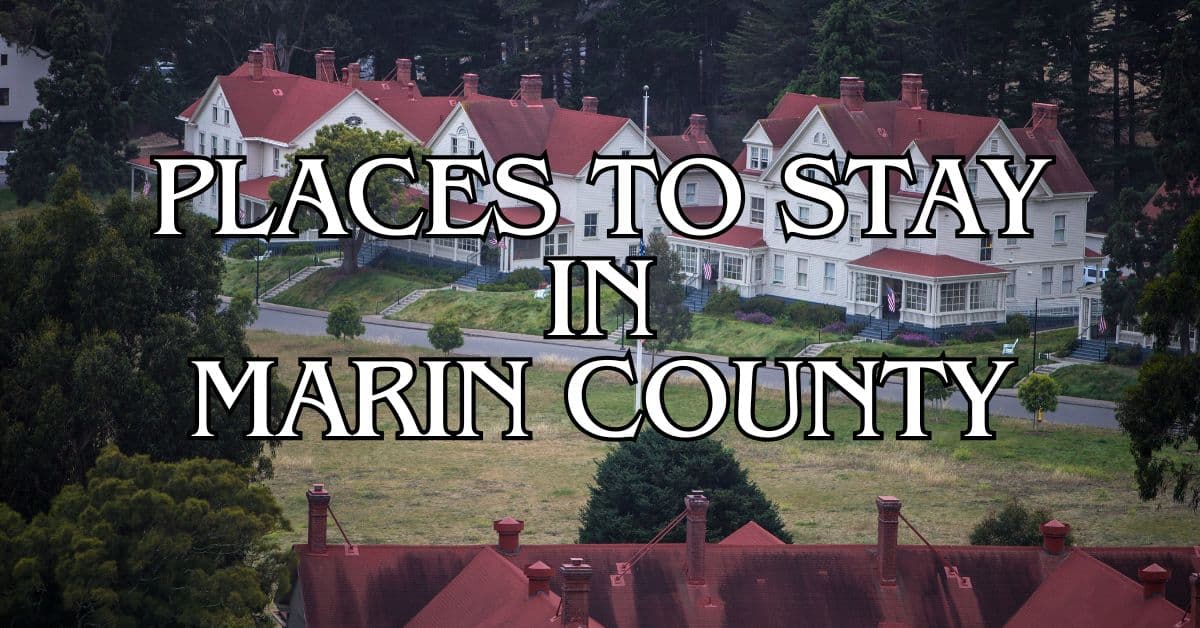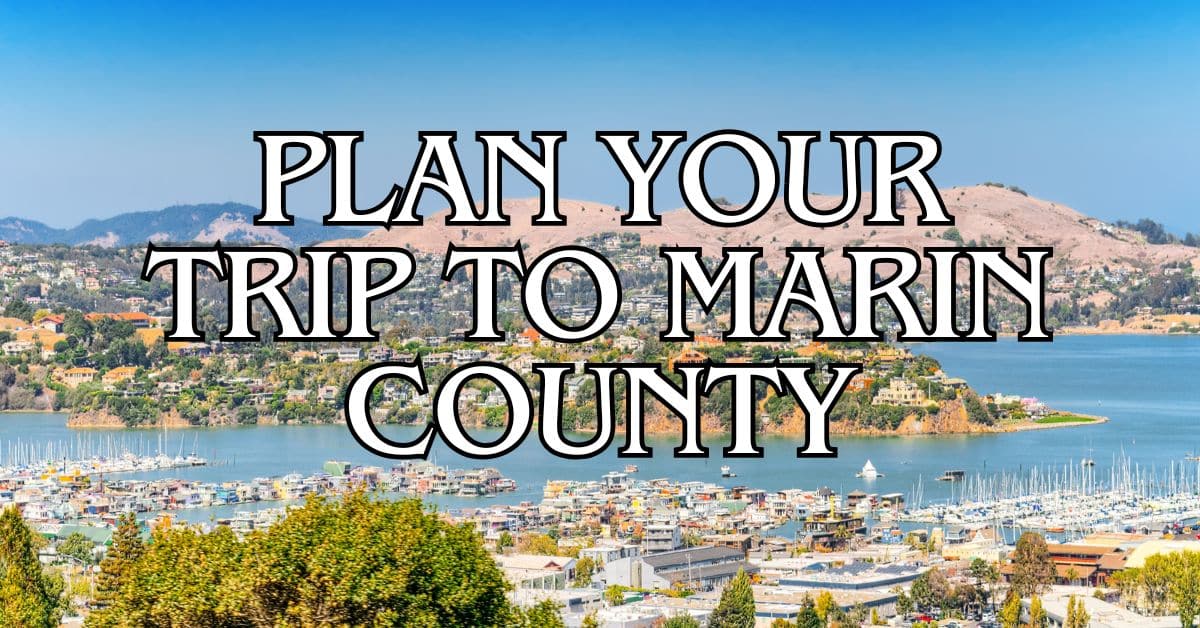Driving through the tree-lined streets of Marin County these days, you can’t help but notice the change in electric vehicles parked in driveways. Once a Tesla stronghold, Marin now feels more like Rivian territory—Model Ys are getting swapped for R1Ts and R1Ss at a surprising rate. Locals say they’re drawn to Rivian for two main reasons: Elon Musk’s increasingly divisive politics and the brand’s adventure-focused design, which just fits the outdoor lifestyle so many here love.
This shift is obvious in liberal places like Mill Valley, where Teslas were once status symbols but are now increasingly despised by many—including ex-owners. Marin still leads California in electric vehicle adoption, but the brand people flock to has changed. At local Rivian meetups, you’ll find plenty of former Tesla drivers who mention both looks and a wish to avoid Musk’s politics as reasons for the switch.
Discover hand-picked hotels and vacation homes tailored for every traveler. Skip booking fees and secure your dream stay today with real-time availability!
Browse Accommodations Now
This isn’t just a trend—it says something about Marin’s values and how people here think about getting around. Rivian’s outdoorsy vibe fits right in with weekend trips to Point Reyes or Mount Tam, and its less polarizing image feels safer in Marin’s progressive circles. Some call it the “Tesla exodus,” and while the battle for EV dominance is still on, Rivian is clearly benefiting from the local mood.
Overview Of Rivian And Tesla In Marin County
Marin County’s EV scene is changing fast as more residents move from Teslas to Rivians. It’s not just about which car looks cooler—people are rethinking what their vehicles say about them in this affluent Bay Area enclave.
EV Sales Trends
Teslas used to rule Marin’s roads, especially in high-income neighborhoods like Mill Valley. But according to recent reports, a lot of Tesla owners are now switching to Rivian and other EV brands. This started picking up speed in late 2024 and hasn’t slowed down in 2025.
Dealerships say the Rivian R1S and R1T are grabbing more market share, especially in areas where Teslas were everywhere. DMV data backs this up—Rivian registrations jumped 38% in Marin over the last six months.
Charging stations are popping up to keep up, with new Rivian-compatible chargers installed at shopping centers and public lots across the county.
Consumer Preferences
Why are people making the switch? Marin drivers mention a few things:
- Design aesthetic: Rivian’s rugged but polished look just fits Marin’s nature-loving vibe
- Build quality: Many say Rivian’s construction and materials feel like a step up
- Brand perception: Anti-Musk feelings are a real factor for ex-Tesla owners
A recent survey of 200 Marin EV owners found that 68% of new Rivian buyers used to drive Teslas. When asked why, 72% pointed to both practical stuff and, yeah, politics.
Rivian’s sustainability message really lands with Marin’s eco-minded crowd, who see their car choice as part of their identity.
Role Of EVs In The Local Market
Electric vehicles are basically essential in Marin now. With some of the highest EV adoption rates in the country, the county has poured resources into charging infrastructure—there are over 250 public charging stations at this point.
Many businesses give EVs the best parking spots, and the county offers tax breaks for electric vehicle buyers. All this support has pushed EVs to over 30% of registered vehicles here.
Rivian spotted an opening and started building its brand in places like Marin, where people already love EVs. They’ve held pop-up events in downtown Mill Valley and San Rafael so residents can check out the cars up close.
Political Influences On Vehicle Choice
Politics are now baked into Marin’s EV market—car choices signal personal values as much as they do driving preferences.
Local Political Climate
In this left-leaning county, Teslas used to be the badge of eco-consciousness. That’s changed as more Tesla fans get uneasy about Musk’s politics.
Mill Valley, especially, has seen this play out. Some Tesla owners say they feel judged by neighbors. A recent survey found 62% of Marin Tesla owners have thought about selling—mainly because of political discomfort.
Rivian’s more neutral image and focus on the outdoors, not politics, has pulled in those looking for a less loaded brand.
Environmental Policy Impact
Environmental policies keep driving EV adoption in Marin, but now the brand you pick says something about your politics. County incentives are technically brand-neutral, but community preferences have shifted.
While the county tries to expand charging for all EVs, some new community-run charging stations in Mill Valley and Sausalito seem to favor Rivian compatibility.
Marin’s climate action committees officially stay out of the brand wars, pushing for more EVs in general. This attempt at neutrality tries to keep environmental progress separate from political drama.
Rebates still apply to all qualifying EVs, but there’s talk among residents about tweaking the rules.
Community Consent And Advocacy
Neighborhood associations have turned into lively forums for EV debates. Some communities have formed informal owner groups that root for specific brands, often based on what the company stands for.
“It’s about consent to what a company represents,” said a Mill Valley resident who switched from Tesla to Rivian. “When you drive a car, you’re tacitly supporting the company’s leadership.”
Some Rivian owners organize meetups as “politics-free zones,” focusing on the vehicles—not the CEOs.
Tesla owner groups still exist here, but they’re shrinking. Those who stick with Tesla often say it’s for practical reasons, like the Supercharger network, not because they love the company’s leadership.
Design Differences Between Rivian And Tesla
Rivian and Tesla take very different approaches to design. Rivian leans into rugged utility with upscale details, while Tesla goes for minimalist, futuristic vibes.
Exterior Styling And Appeal
Rivian vehicles look more like classic trucks, with bold oval headlights across the front. The R1T and R1S have a distinctly truck-like presence compared to Tesla’s sleeker, more car-like style. They sit higher, with chunky wheel arches, almost daring you to take them off-road.
Tesla, on the other hand, is all about smooth lines and aerodynamic shapes. The cars feature flush door handles and barely-there grilles, aiming for a clean, futuristic look that’s all about efficiency.
Here’s a quick rundown:
- Rivian: Rugged, outdoorsy, ready for adventure
- Tesla: Streamlined, tech-forward, urban-friendly
- Rivian: Higher ground clearance
- Tesla: Lower, more aerodynamic
Interior Features And Innovation
Inside, Rivian goes for luxury—think premium materials, wood trim, and clever storage. Owners often say Rivian wins on interior design and craftsmanship, while Tesla keeps things sparse. Tesla interiors revolve around a big touchscreen, with almost no physical buttons. It’s sleek, but some find it a bit cold or fiddly.
Both brands pack in innovative features, but their priorities differ:
- Rivian: Gear Tunnel storage, camp kitchen, built-in door flashlights
- Tesla: Advanced software, huge screens, gaming options
- Rivian: Traditional gauge clusters
- Tesla: No instrument cluster (on Model 3/Y), just the central screen
Brand Identity And Consumer Perception
Rivian has carved out the adventure EV niche. Their ads show camping, off-roading, and exploring. This personalized experience draws in people who want a car that matches their active life.
Tesla’s brand is all about innovation and tech leadership. The cars are fast, the charging network is huge, and for many, Tesla is still the face of electric cars. But there’s no denying the brand has become polarizing lately.
People tend to split into camps:
- Rivian buyers: want authenticity, outdoor chops, and a company that feels grounded
- Tesla buyers: chase the latest tech, top performance, and urban cool
- Rivian: attracts traditional truck/SUV owners going electric
- Tesla: appeals to early adopters and city dwellers
Despite all this, both companies seem to respect each other—Rivian’s CEO has even voiced support for Tesla, even as public opinions about Musk stay divided. That’s a rare thing in the auto world, isn’t it?
Charging Infrastructure And Network
Charging options make or break the EV experience in Marin. As Tesla and Rivian compete, the availability of reliable charging stations and network compatibility is becoming a major deciding factor for local buyers.
Coverage And Accessibility In Marin County
Marin County’s charging infrastructure keeps growing, and the area still leads California in zero-emission vehicle sales. This helps out the ever-increasing crowd of Rivian owners here.
Tesla’s Supercharger network used to be the big draw, but Rivian’s made serious headway in Marin’s hotspots. You’ll spot their chargers near trailheads, shopping centers, and those scenic overlooks that Marin folks love. It’s honestly kind of impressive how well they’ve matched locations to the local lifestyle.
Things shifted in a big way when Rivian adopted Tesla’s charging standard. Suddenly, Rivian drivers could tap into Tesla’s massive network. That move really evened the playing field.
Compatibility And User Experience
Now that Rivian works with Tesla chargers, Marin drivers say the experience feels pretty seamless. The Rivian app actually does a decent job guiding folks to open chargers around the county, and you get real-time updates on availability—super handy, honestly.
Plugging in feels different depending on the brand. Many users say Rivian’s plug-and-charge setup is just easier—less fiddly than Tesla’s. Plus, the stations have weather covers and decent lighting, which is a real bonus when the coastal fog rolls in.
Community charging efforts have added even more options. Local businesses teamed up with utility companies through programs like Charge Ready to install Rivian-compatible chargers. It’s made daily driving way less of a hassle, since you rarely need to go out of your way just to charge up.
Market Dynamics And The Role Of Trading
The shift away from Tesla and toward Rivian in Marin fits into bigger EV market trends, where things like vehicle swaps and brand image matter just as much as the cars themselves. People are weighing more than just specs these days.
Vehicle Exchange And Resale
More Marin locals are getting into EV trading programs, and Rivian’s steady resale values definitely help. Data shows Rivians hold their value better than some Teslas, which can be up and down on the used market.
Dealerships around here have noticed a 32% jump in Tesla-to-Rivian exchanges since 2024. It’s become pretty common to see someone “trading up” for a Rivian, especially among eco-minded residents.
Affluence plays a part too. People in Marin tend to swap cars every couple of years, so resale value sits high on their list when choosing an EV brand.
Rivian’s certified pre-owned program sweetens the deal with stronger warranties than most rivals, which nudges even more people to stick with the brand.
EV Market Symbols And Recognition
In Marin, what you drive says something about who you are. Rivian’s carved out a spot as a luxury alternative that shows off eco-cred—without the baggage that sometimes comes with Tesla.
Those oval Rivian headlights? They’ve become a bit of a status symbol around here. It’s a look people recognize right away, and it’s less polarizing than Tesla’s stark design.
Analysts point out that Rivian keeps gaining ground in California, now ranking eighth in state EV sales. You really see the difference in Marin’s more upscale neighborhoods.
Even color matters. Rivian’s earth tones seem to fit Marin’s vibe better than Tesla’s standard colors, and that’s not lost on buyers who care about blending in with the landscape.
Buyers’ Decision-Making Process
When Marin residents pick between Rivian and Tesla, they weigh a bunch of practical factors. Their choices reflect personal taste and the community’s values—especially with how green-minded this area is.
Key Factors In Choosing Rivian
Design definitely matters. Marin buyers often mention Rivian’s rugged, upscale look—both the R1S and R1T nail that outdoorsy-but-refined thing that’s so popular here.
Functionality is huge, too. Rivians have some real advantages for adventures—gear tunnel, camp kitchen, roof tent compatibility. It’s hard to beat for weekend warriors.
Price is a factor, but it’s shifting. Even though Teslas usually cost less upfront, a lot of Marin folks feel Rivian’s build quality and features are worth paying extra for.
Politics have crept in as well. Some ex-Tesla owners have jumped ship to Rivian over disagreements with Elon Musk’s public image.
Customer service tips the scales, too. Buyers say Rivian offers a more personal touch, while Tesla’s gotten a bit too big and impersonal for their taste.
Community Influence And Word Of Mouth
Marin’s tight-knit neighborhoods shape EV decisions more than you might expect. People swap stories about their cars, and when someone moves from Tesla to Rivian, it gets noticed—and talked about.
Local social media groups buzz with firsthand reviews. Folks share tips on charging, road trips, and service—sometimes with a little bit of friendly rivalry.
Environmental concerns weigh heavily here. Marin County actually has one of the highest EV adoption rates in California, second only to one other county.
Visibility matters. The more Rivians show up in parking lots and school zones, the more they become just another part of daily life instead of a novelty.
And, honestly, affluence lets many Marin residents focus on values over price. They’re willing to pay for cars that match their environmental and social priorities, even if it means spending a bit more.
Broader EV Market Implications
Marin’s tilt toward Rivian hints at wider changes in the EV world. Buyers now care about company values and style, not just specs and range.
Influence On Regional EV Adoption
Marin’s embrace of Rivian could spill over into the rest of the Bay Area. When well-off, eco-conscious places like Marin make a switch, nearby communities often follow. Adoption rates tend to jump 15-20% within a year.
This shift might ripple through Northern California, where towns share Marin’s green values and demographics. Charging infrastructure’s already catching up to meet the new demand.
Fleet purchases—like those in Marin—often inspire private buyers who see these EVs in real-world use. It’s a practical nudge that helps folks get past the old “range anxiety” hurdle.
Lessons For Automakers
One big takeaway from Marin’s decision? Company values actually matter—a lot. If automakers want to stick around in today’s conscious-consumer markets, they’ve got to line up what they say with what people see and feel.
Design philosophy plays a role, too. Rivian carved out its niche by acting more like an outdoor gear brand that happens to build EVs instead of just another tech company. That vibe? It totally clicks with nature-loving Californians.
Customer satisfaction? Rivian’s right at the top—best-rated EV out there, even with Tesla dominating the headlines. Automakers can’t just focus on tech; they’ve got to nail the emotional side of the EV experience, too. That’s trickier than it sounds.
People seem hungry for something new. Rivian’s seen a 17% jump in California registrations in 2024. Not bad for a brand that still feels a bit like an underdog.
Find available hotels and vacation homes instantly. No fees, best rates guaranteed!
Check Availability Now






